Introducing PrintLab’s 3D Printing Pioneer – IBN Khuldoon National School, Bahrain
Over the past 3 months we have been working with our partners on an exciting new scheme – The PrintLab Pioneer Program. Our Pioneer program brings together a diverse range of schools to share 3D printing experiences in an effort to inspire and support other schools across the globe.
2nd May 2017 • News
In our first initiative we are supporting our Pioneers with the hands-on Makerversity Curriculum and over the coming months we’ll be sharing their experiences with each lesson, from 3D printing cookie cutters to designing pavilions and making microscopes!
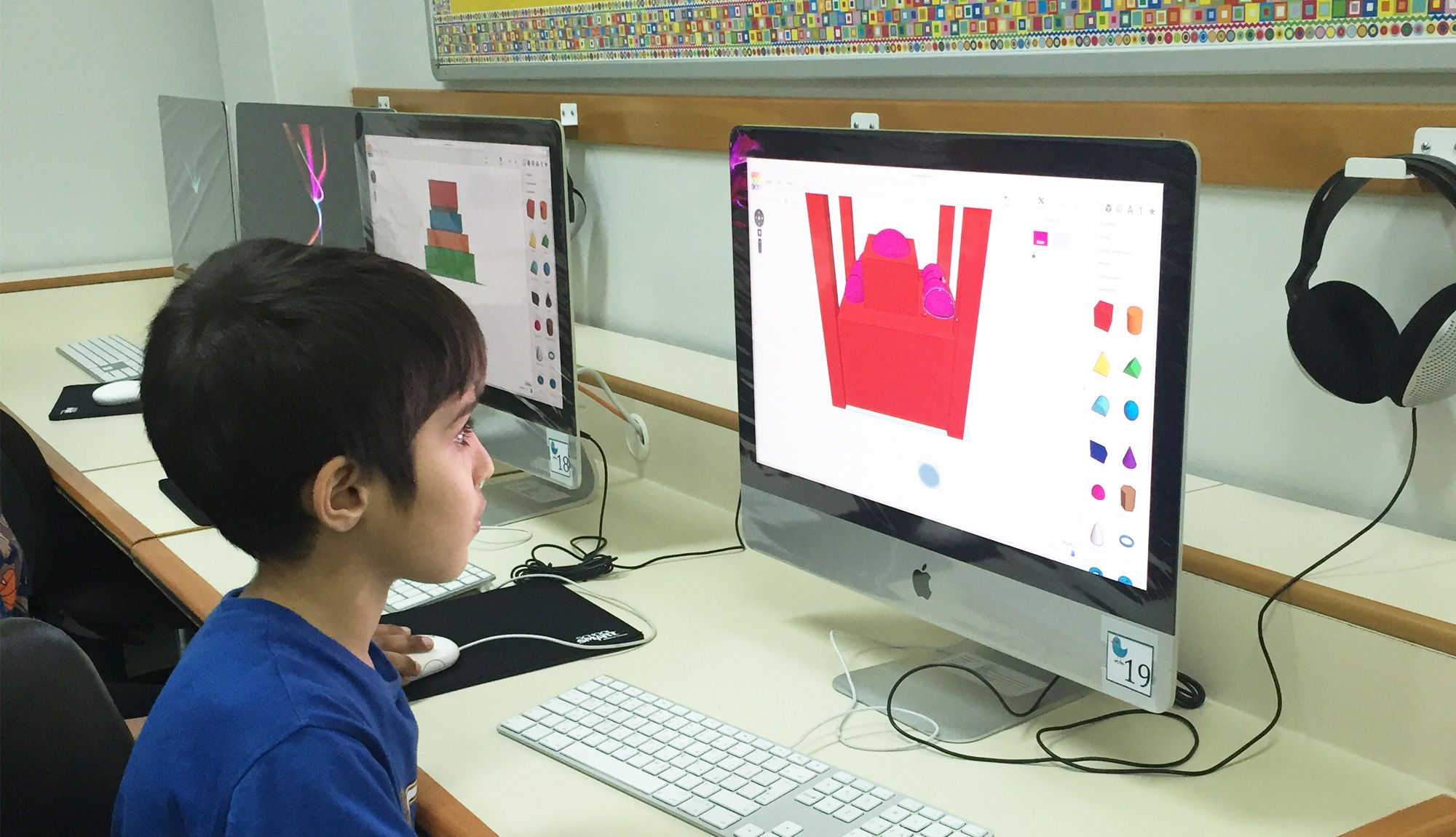
We’ll also be introducing you to each school so you can learn more about their background, vision and thoughts on 3D printing in their country.
Today we are proudly introducing our Pioneer in Bahrain, Zahra Al Mukharreq from IBN Khuldoon National School. Check out the below interview, where Zahra tells us more about IBN Khuldoon National School and their 3D printing experience so far:
Firstly, please could you tell us about IBN Khuldoon School and your background?
IKNS opened its doors to students in 1983. Its first group of students to walk up the graduation stage was in June 1992. Since then, IKNS has graduated more than 1500 young men and women. They are the pride of the school and the gems of Bahrain.
The school received its full accreditation from the Middle States Association of Colleges and Schools (MSA) in the year 1994, and it continues to be in good standing with the association. The accredited status of the school affirms that it provides “the level of quality in its educational programs, services, activities, and/or resources expected by its community of stakeholders and endorsed by the education world”.
What is your opinion on education in Bahrain at this current time?
In an ongoing bid to promote a shift from an oil to a knowledge based economy, it is not surprising that education was targeted as a key area of importance within the Bahraini Vision 2030. The Kingdom is working to raise standards and performance in its schools, vocational institutions and universities through casting a lens on the regions education system, and measuring its relative successes against the backdrop of an increasingly competitive global market. This has been translated into the legislative system, including establishing the National Authority for Qualifications and Quality Assurance of Education and Training in 2008, monitoring and evaluating the performance of schools and universities in Bahrain, and setting the National Exams for all students in both public and private schools in the third, sixth , ninth and twelfth grades.
We are honoured to have you as our first PrintLab Pioneer for Bahrain. What do you hope to learn?
It is my pleasure to be the first Printlab pioneer in Bahrain. I would love to learn more in order to teach my students and help them to show their creativity and use the 3D technology in more than one place using different ways and designs.
How long have you been teaching and what motivates you to teach young people?
I’ve been teaching 3D since 2015. Teaching young people is a bit challenging but we would like to help them learn more and use the modern technology in order to make our graduates distinguish than others.
Why do you think it is important for young people in education to learn about 3D printing?
3D printers benefit education because they:
- Create Excitement
- Teach the students designing skills
- Open New Possibilities for Learning
- Promote Problem Solving Skills
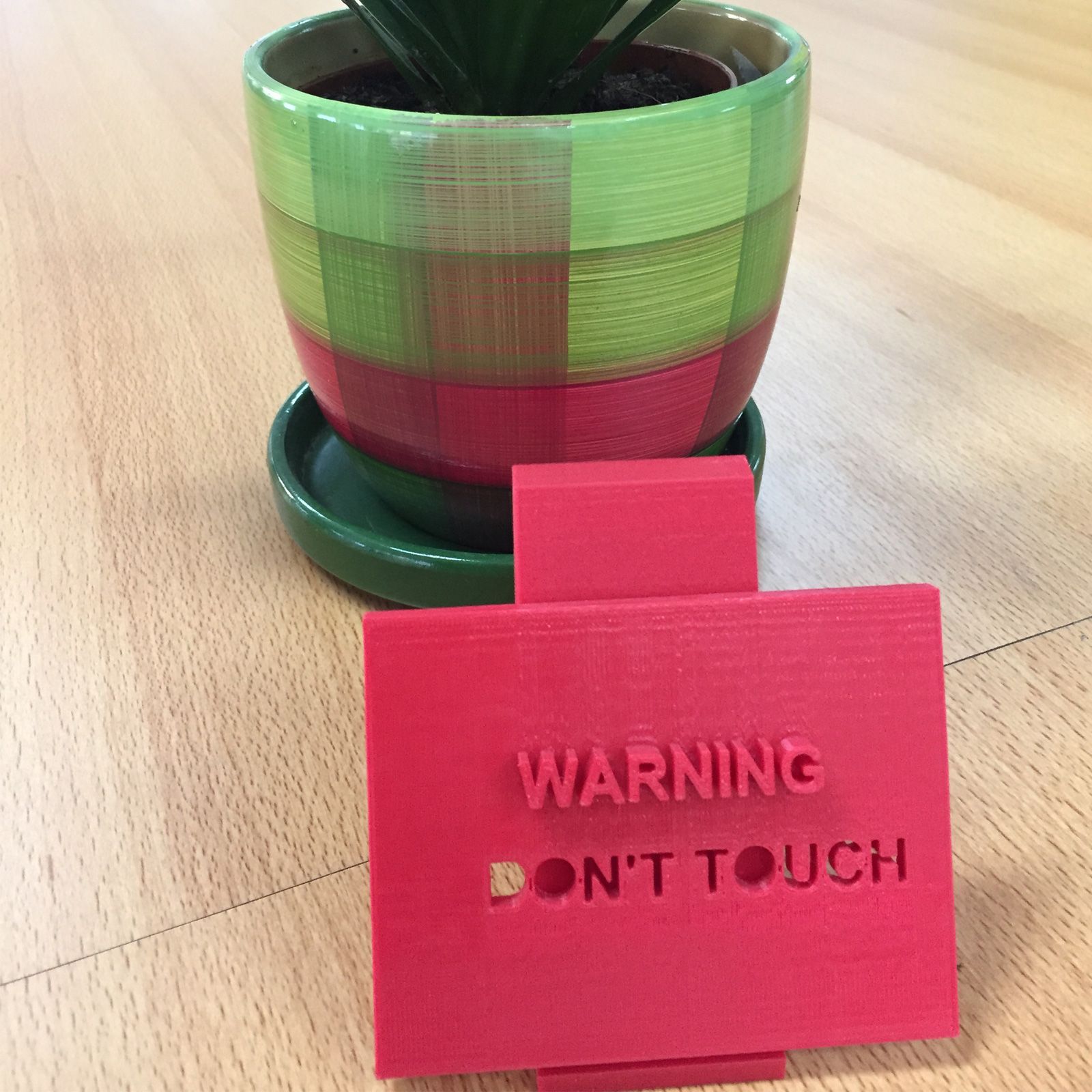
What challenges did you have to overcome when you were introducing 3D printing at your school?
No challenges at all, they were amazed with this new technology.
Do you have any advice for teachers that are looking to integrate 3D printing at their school or university?
I would like to encourage them all to use this technology. It’s a great opportunity for them and for their students to learn how to build and design. As well as it teaches them how solve the problems using the 3D technology.
You recently introduced students to the Kideville educational curriculum kit. How did you find this worked as an educational tool?
It is a wonderful educational tool especially when I used it with TInkercad, because my students found difficulties with using 123D Autodesk. What I liked about it is that all the students will work on specific topic “Buildings” and it’s easier for them to think and design.
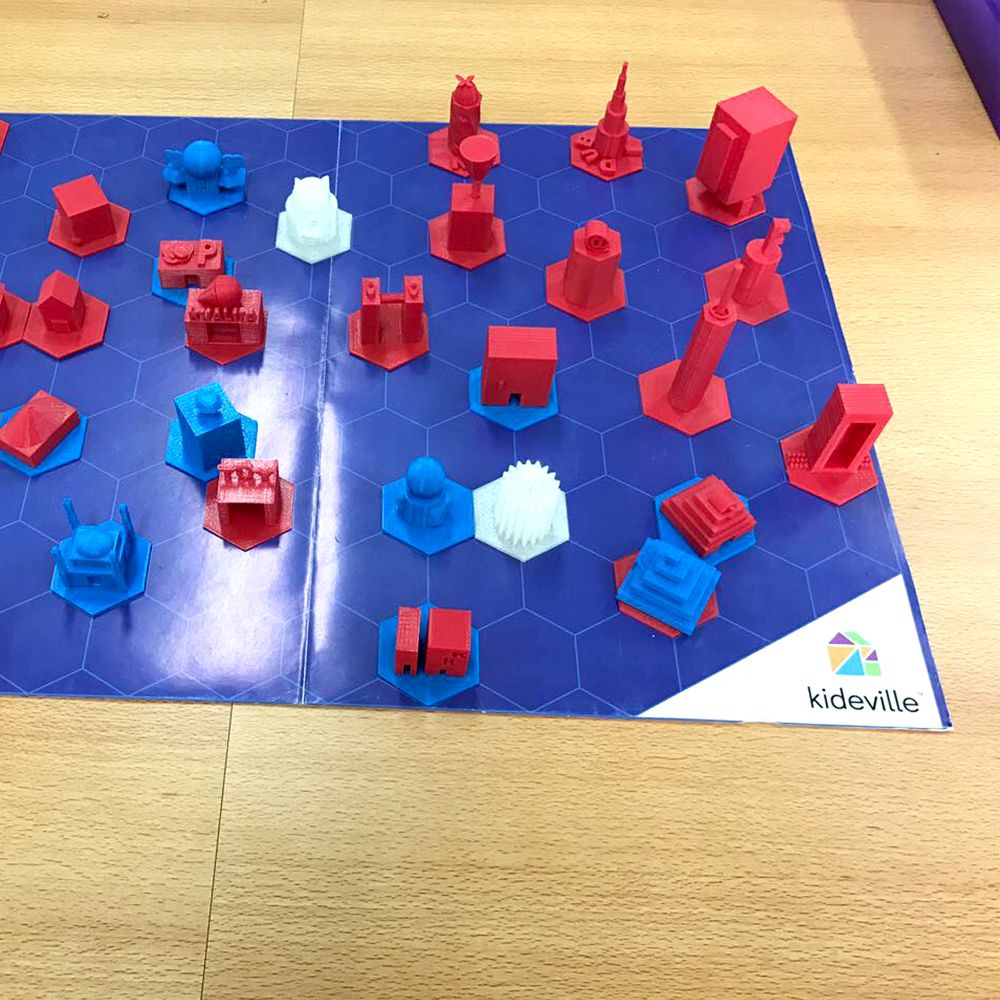
How did the students respond to the Kideville Project?
They loved it.
During your 3D printing journey so far, can you tell us about a student project or a design that has inspired you most?
Since 2015 and we are using the 3D printers with grade 4 students at IKNS, every time I feel amazed with the creativity of the students, but the most creative idea was a glasses holder designed by one of the students who has a problem finding his glasses every day.
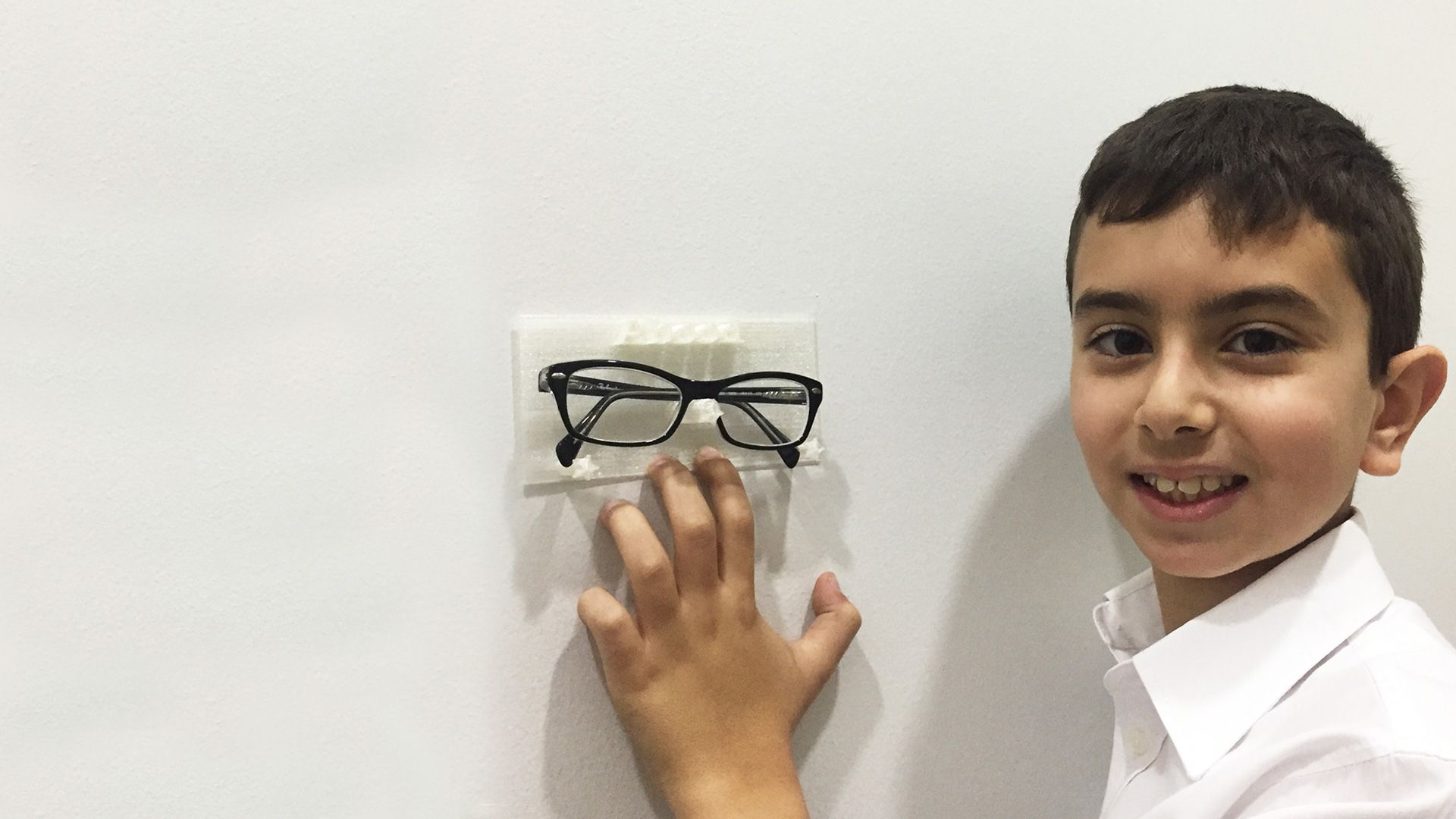
What are your thoughts on the future of 3D printing in Education?
I can see that we will have the 3D printers in each house exactly like the normal printer.
Finally, what are you future plans for 3D printing at IBN Khuldoon School?
We started with grade 4 and we are aiming to have in for all the grades so when they will graduate they will be expert in this technology.
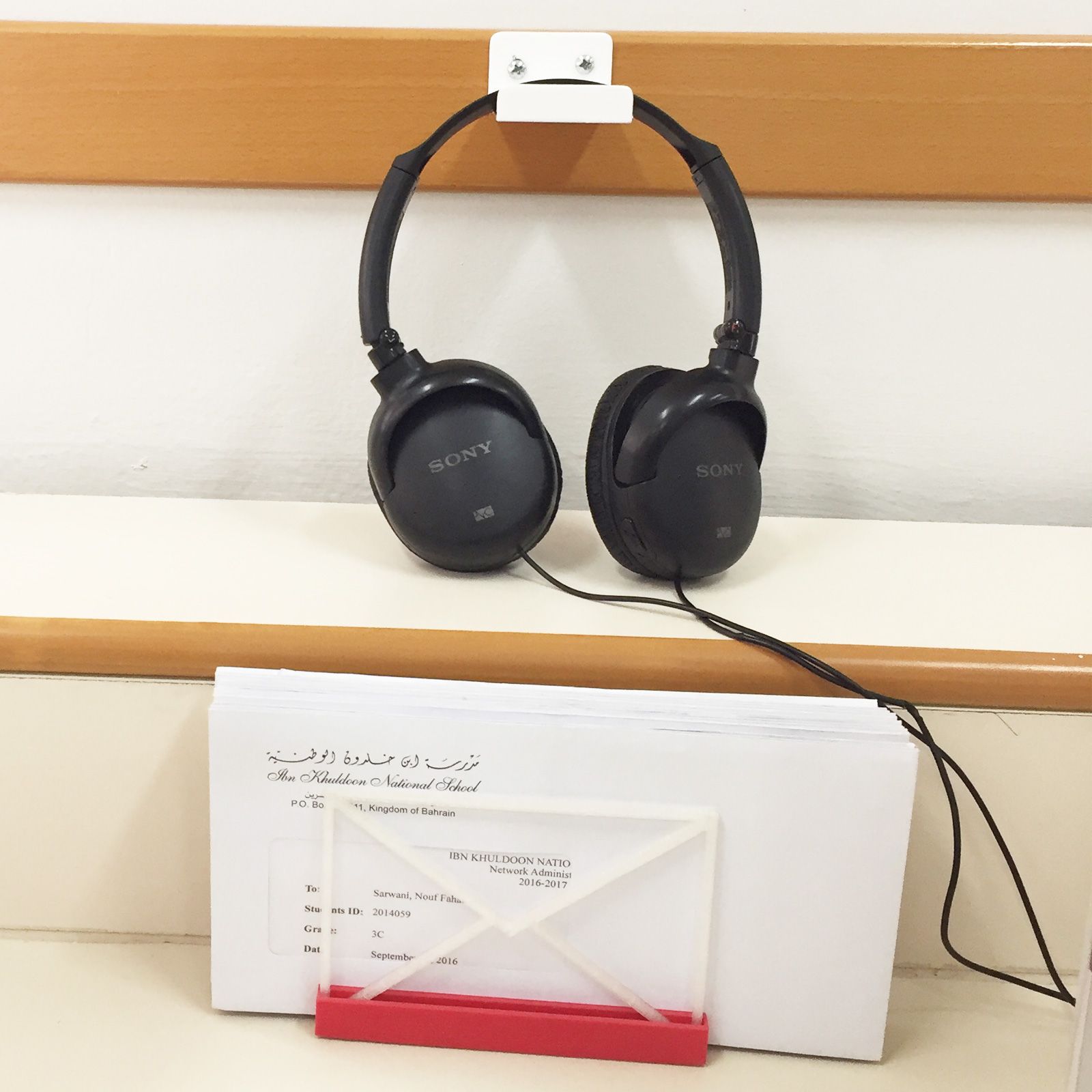
It is a great pleasure to have Zahra and IBN Khuldoon National School as our Pioneer in Bahrain and we look forward to supporting their 3D printing journey. A big thank you to Zahra for her time and we’ll be catching up with IBN Khuldoon National School again soon to share their experience with the Makerversity Curriculum.